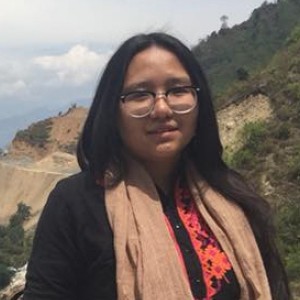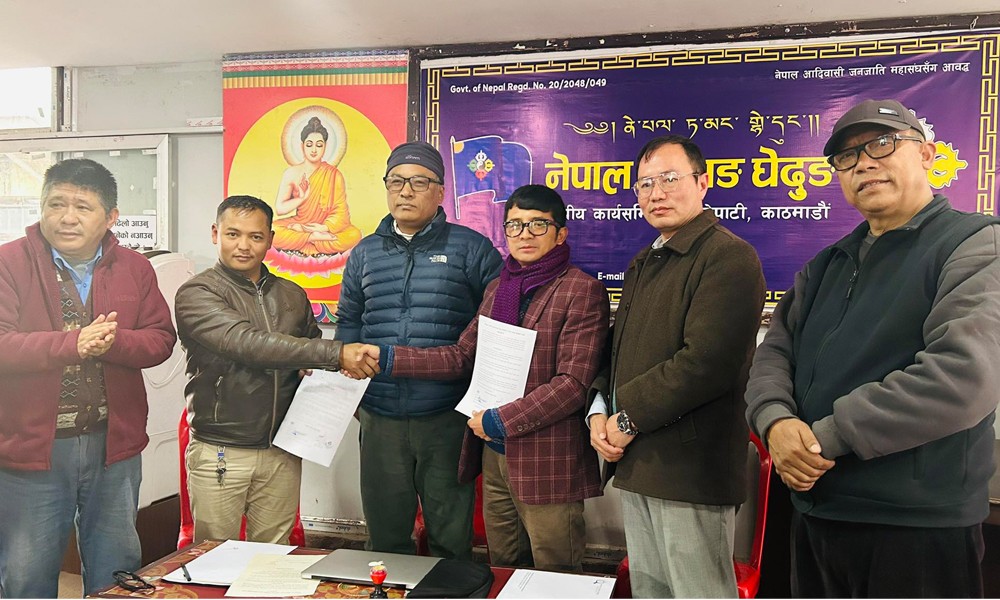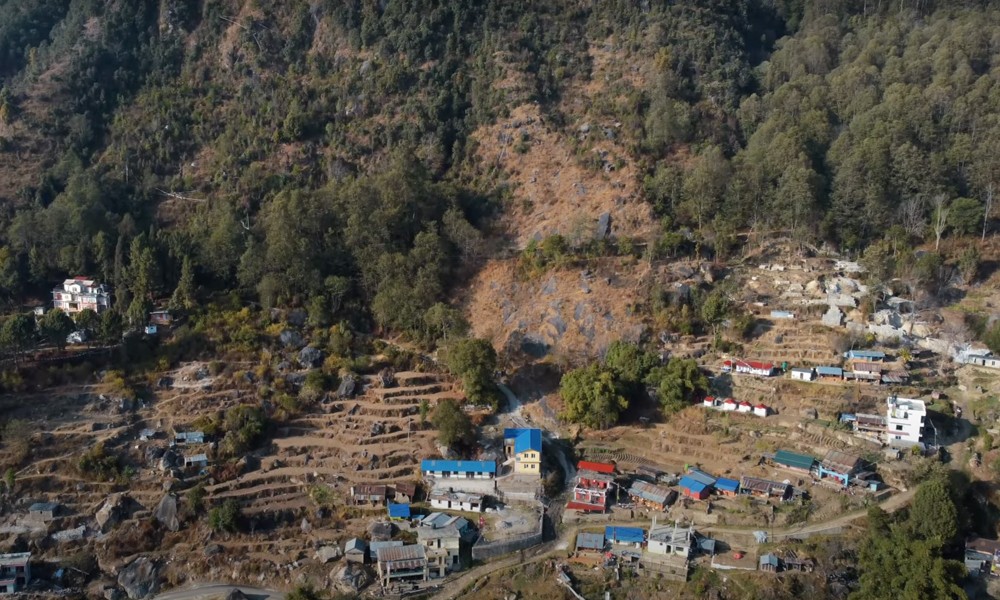The belief that tourism is solely about entertainment and adventure is incorrect. Novelty and new experiences are also integral components of tourism. Nepal’s traditional tourist attractions that draw both domestic and foreign visitors are its Himalayan mountains, hills, and plains of Terai, as well as the many natural resources and religious sites within them.
The Indigenous Peoples (IPs) Living Museum can be a novel and new addition to the tourism sector of Nepal. However, due to a lack of proper identification and promotion of such living museums, the country's priceless heritage has not been utilized.
A living museum is a community or region where there is a relationship between indigenous land, territory, and historical history. In such regions, there is not only a cultural and historical bond but also a strong religious conviction and belief linked to the land. These locations have a rich history, and traditional institutions play an important part in the region's administration and governance. For example, in Mustang's Thakali villages, the traditional customary legal and administrative system has been kept alive for decades.
A living museum is a community or region where there is a relationship between indigenous land, territory, and historical history.
Nepal itself is a living museum, with 145 different ethnic groups, 129 languages and dialects, and a diverse range of cultures and civilizations, all of which are tourist attractions in this museum. Among them, the living culture, civilization, knowledge systems, practices, traditions, and customs of indigenous peoples (IPs) are also preserved. A living museum is an integral part of Nepali life.
Previously, the government had undertaken specific programs to build tourism infrastructure. However, this project has been limited to the creation of walkways in some areas. In light of the country's changing political and constitutional situation, the Indigenous Peoples Living Museum should be developed as a key tourist destination.
The concept of a living museum in Nepal began with the enactment of the Constitution of Nepal 2015, which tasked the Indigenous Nationalities Commission (INC) and the Tharu Commission (TC) with the legal responsibility to establish and manage living museums in both physical and symbolic forms. The Indigenous Nationalities Commission Act 2017 and the Tharu Commission Act 2017 make it legal for living museums to be built and run in order to protect and develop the tangible and intangible cultural heritage of indigenous communities.
In Nepal, there are other constitutional commissions, such as the Madhesi Commission, Dalit Commission, and Muslim Commission. However, these commissions do not have the specific authority to work on living museums. This indicates that living museums are primarily associated with indigenous peoples (IPs). As a result, the Indigenous Nationalities Commission has developed working procedures, established model cultural museums, and provided recommendations to provinces and local levels to establish and operate open and vibrant living museums, focusing on showcasing the unique cultural heritage and way of life of indigenous peoples.
Building a living museum is not a physical project. It is the idea of preserving such heritage sites where the setup is similar to any old equipment collection, traditional weapons collection, or document collection.
Building a living museum is not a physical project. It is the idea of preserving such heritage sites where the setup is similar to any old equipment collection, traditional weapons collection, or document collection. Based on their global experience, indigenous people have passed down such remarkable artifacts from generation to generation.
The voices expressing concern that tourism development in the country often does not benefit the poor and marginalized citizens are being heard. Various studies confirm that urbanization, in the name of tourism development, often results in more disadvantages than advantages. In this context, homestays have become an alternative where local hosts play a central role. Some have even contributed to the enrichment of their culture.
For example, the Lomanthang region in Mustang can be taken. It is a place with a distinct lifestyle, tradition, language, and culture from the rest of the world. Pandravata and other areas in the Lomanthang region have also been designated as protected areas. Foreign nationals must obtain special permission to enter this area. Tourism is prohibited in certain areas of Dolpa, Upper Gorkha, Humla, Taplejung, Lower Dolpa, Dolakha, Sankhuwasabha, Rasuwa, Manang, Bajhang, Mugu, and Darchula. Foreign nationals must pay an additional fee, ranging from $100 to $500, to visit these regions. Furthermore, staying in these areas for more than 10 days is prohibited in order to preserve their unique environment and culture.
The preservation of natural resources and means of livelihood in these areas maintains a harmonious environmental balance in the village. The society functions based on the knowledge of indigenous peoples, and the traditional knowledge forms the basis of their way of life. Traditional economics governs the socioeconomic aspects of society, and social relationships are deep and intimate in daily life.
If the concept of a living museum is implemented in a tangible manner, it could potentially create local employment opportunities and help protect the rights of indigenous people.
Chomolungma Tamang can be reached at: [email protected]










